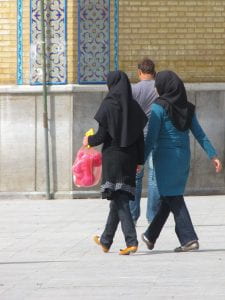by Gelara Fanaeian, the Law School, University of Bristol
This blog post is the second part of a two-part review of the Hijab and Chastity Bill. In the first section, the fundamental elements of the Hijab and Chastity Bill, the UN’s approach toward it, the legal and political background that led to its establishment, and its effect on women’s right to health were discussed. In this section, Iran’s obligation to international human rights law and the role of the international community will be analysed briefly.

